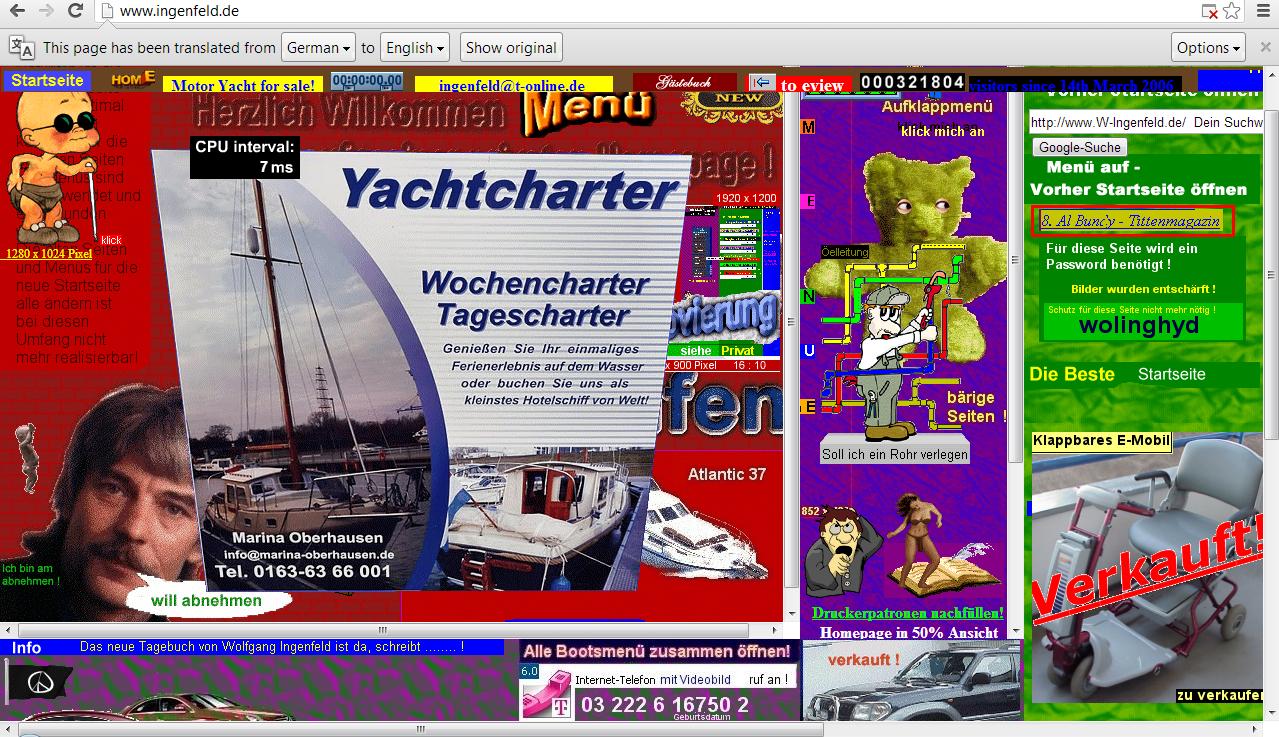As web standards evolve, HTML5 has given web designers powerful new tools. What previously required cumbersome Java applets or Flash plugins can now be done natively. Unfortunately, like any tool, this can be abused.
While the most obvious offenders – flashing GIFs, spinning text and the like – disappeared back in the early-aughts, there are some current trends of Web 2.0 abuse that have outstayed their welcome.
Slideshow Articles
The slideshow article – a popular tool of clickbait and content aggregators – promises clickers a long list about a particular subject. After reaching the page, viewers find that they have to click an arrow to advance to an entirely new page. This is the second entry in the list, and the routine continues ad infinitum.
The theory here is that it increases page views, and it would, were it not for the lazy coding often involved here. The sites are often poorly optimized, with overlapping divs, bad pictures and sloppy CSS. This is particularly bad for mobile users, who may become so peeved that they just leave.
Full-Page Mobile Splashes
These are basically light pop-ups, and are almost exclusively a mobile problem. An example is when a consumer goes to a news site, only to find their content immediately blocked by a translucent ad, urging them to subscribe. Or someone cruising Wikia – a particularly noteworthy offender – and tries to close an ad to download their app. Except because it’s poorly coded, the X button doesn’t work.
Poor mobile optimization is, again, the primary culprit here. When done correctly, the full-page mobile splash can provide important information or an interesting offer. Unfortunately, low quality sites have tarnished its reputation.
Automatically Playing Videos
A relic of MySpace that many people thought was gone for good, the auto-play video has become a bit of a nuisance lately. This is most popular on local news sites, but even some big companies like CNN are guilty of it. Sudden audio can annoy readers and eat up precious mobile data, making them less likely to come back.
Videos as a part of a page design can work, especially with the optimization of HTML5. Oristand, a desk company founded by an app developer, is a positive example.
If your website does use any of these tricks, the most important part is that they are built well and coded properly! A company like Final Piece can help you optimize your website and avoid angering your audience.



